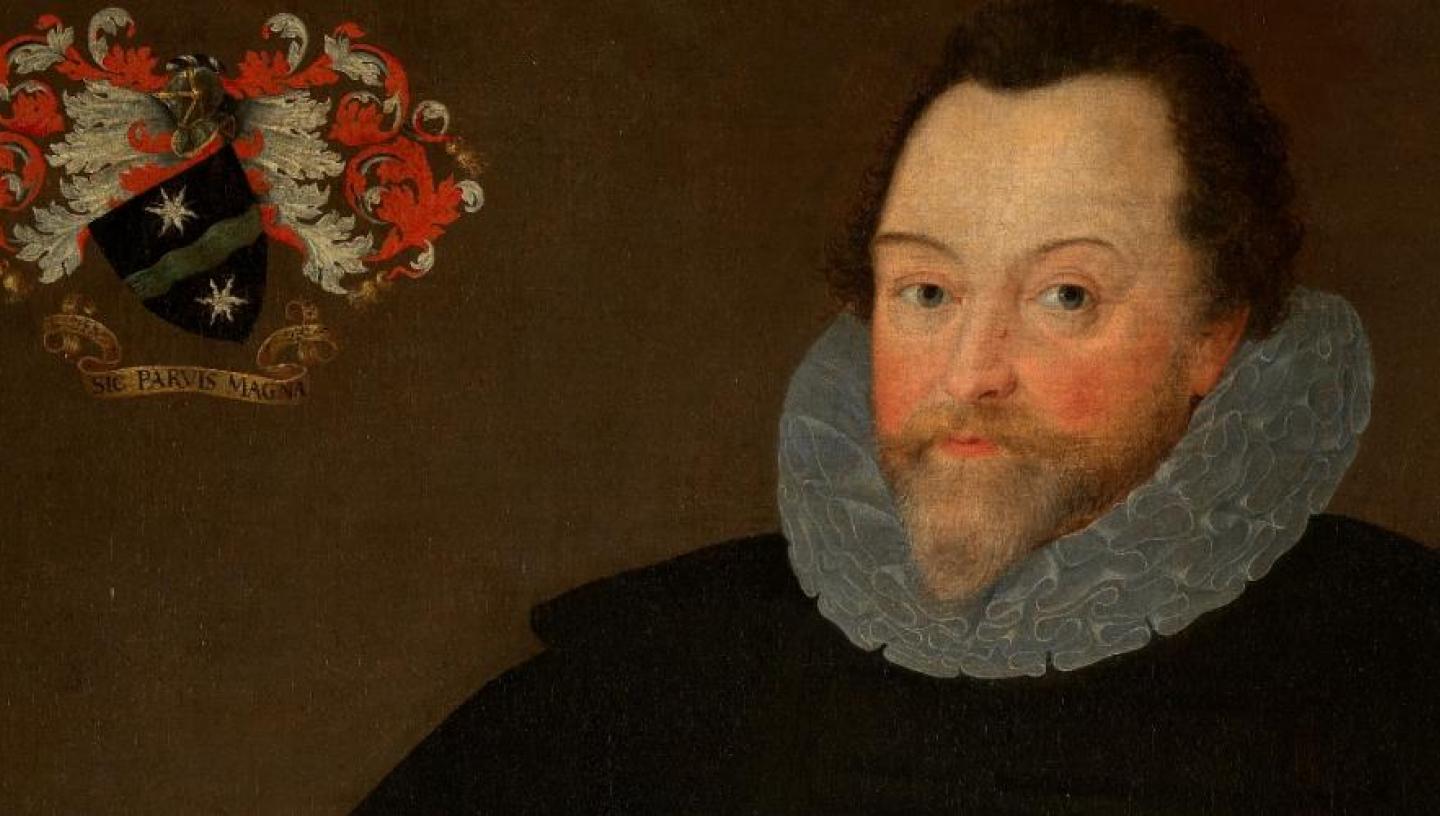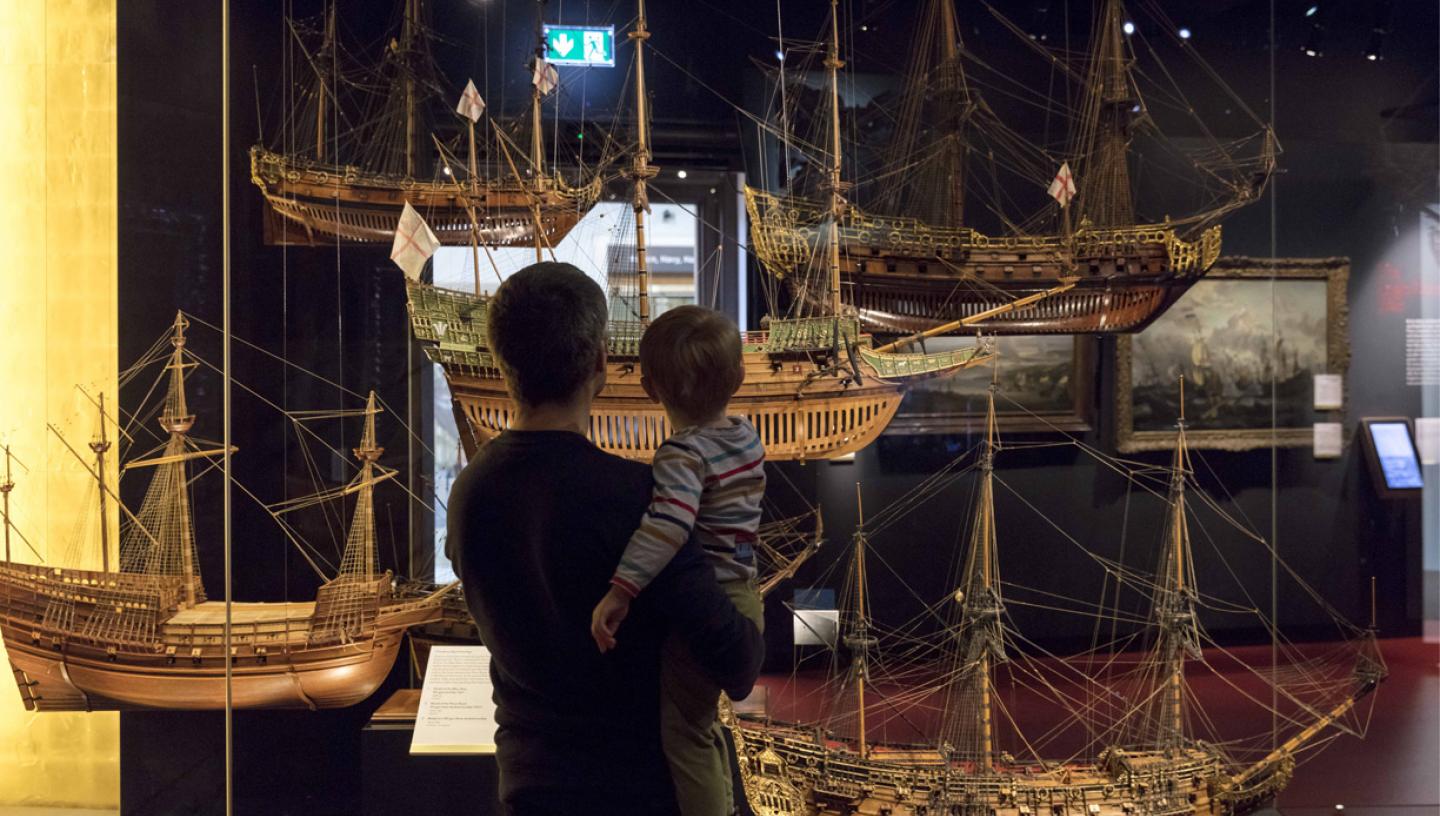
Francis Drake became the first European to sail and explore much of the Americas. However, Drake didn't 'discover' these lands, as indigenous populations were settled long before Drake landed.
The Straits of Magellen
Drake became the first Englishman to navigate the Straits of Magellan, a sea route at the southern tip of South America linking the Atlantic and Pacific oceans.
Tierra del Fuego
He discovered that Tierra del Fuego, the land south of the Magellan Strait, was not another continent as Europeans believed, but instead a group of islands. This meant that ships could sail between the Atlantic and Pacific oceans around the bottom of South America (later known as the Cape Horn route).
America's north coast
Drake also sailed further north along the coast of the Americas than any other European had before. On the way, he landed in what is now California, naming it Nova Albion (New England).
What was Drake’s early life like?
Francis Drake was born in Tavistock, Devon, around 1542. The eldest of 12 sons, he first went to sea as an apprentice aged 12. During the period in which he lived, there was a rise in England’s population and a desire to explore the world for trade routes and colonies, and to benefit from the huge profits being made from the Americas and the Eastern spice trade.
What did Drake do at sea?
While Drake is considered a hero in England, he is remembered as a pirate in Spain. He attacked Spanish ships carrying treasures from their colonies in South America, and also raided Spanish and Portuguese ports in the Atlantic Ocean.
When did Francis Drake circumnavigate the world?
Drake voyaged around the world between 1577 to 1580. The original purpose of the trip was to raid Spanish ships and ports.
The expedition left Plymouth in southwest England on 13 December comprised of five ships: the Pelican, Elizabeth, Marigold, Swan, and Christopher, manned by a total of 164 seamen.
Drake himself sailed on the Pelican, which he renamed mid-voyage to the Golden Hind in honour of his patron Sir Christopher Hatton, whose crest featured a female red deer (a 'golden hind').
After reaching South America, Drake was worried that his ships would separate, so gave orders for two of the smaller supply ships to be broken up and the crew transferred to the remaining ships. Following a series of storms, the Marigold was lost at sea and the Elizabeth returned to England after being separated.
By October 1578 only the Pelican made its final destination.
What was Francis Drake’s relationship with Queen Elizabeth I?
Drake was one of Queen Elizabeth’s most renowned sailors, making a name for himself as an enemy of the Spanish and obtaining much wealth for the Queen in the process.
The Queen sponsored Drake's expedition to circumnavigate the earth, and upon his return Elizabeth dined on board the Golden Hind at Deptford on the River Thames. Drake was also knighted on board his ship.
What was Francis Drake’s role in the Spanish Armada?
The Spanish Armada led by King Philip II of Spain attempted to invade England in 1588, to avenge the death of Mary Queen of Scots in 1587.
It is reputed that Sir Francis Drake was told of the sighting of the Armada while playing bowls on Plymouth Hoe. He is supposed to have said, 'There is plenty of time to finish the game and beat the Spaniards.' However, there is no reliable evidence for this.
Queen Elizabeth put Lord Howard of Effingham in charge of the naval defence against the Spanish Armada; Drake was appointed second-in-command of the fleet.
One of Drake’s most famous attacks was on the Spanish ports of Cadiz and Corunna in 1587, which he called the ‘singeing of the King of Spain's beard’. Between 20 and 30 Spanish ships were sunk or captured during the raid.
Drake was also involved in many battles against the Spanish Armada in 1588, most notably the capture of the Spanish flagship Rosario.
What is Sir Francis Drake’s legacy?
He is remembered as one of the naval heroes of Elizabethan England, although his engagements with Spanish ships and towns have led to charges of piracy in subsequent years. His circumnavigation of the world led to increased knowledge of its geography. However, Drake also used his maritime skill to undertake 'highly lucrative slaving voyages' alongside fellow seafarer John Hawkins.



